According to the website of the National Transport Authority: "BusConnects is the National Transport Authority’s programme to greatly improve bus services across the Dublin region. Dublin is growing and needs a bus network that works for a developing city. BusConnects aim is to deliver an enhanced bus system that is better for the city, its people and the environment. With more buses, more often and to more places, BusConnects is designed to provide a better more reliable and more efficient bus service for everyone." BusConnects will also provide a simpler and cheaper fare structure, faster onboarding times as well as over 200km of protected cycle lanes across Dublin city.
BusConnects is the most significant proposed solution to Dublin's transport problem in the history of the state. Having been tweaked and improved since its inception in May 2017, the project promises to deliver an integrated, connected and reliable public transport system that will cut journey times, carbon emissions and gridlock whilst delivering a first rate safe segregated cycling infrastructure for the people of Dublin. By providing an improved public transport system for Dublin we will make it more attractive place to live and work for everyone. Improving public transport is one of the most efficient and effective ways we can reduce our greenhouse gas emissions which are the primary contributor to climate change. It will also help improve air quality, reduce noise pollution and improve the general health and mobility of the population. As a low-density city with growing urban sprawl, there are severe insfrastructural issues coming down the line if we don't adapt to a more efficient public transport system and encourage more people to ditch their cars where alternatives are available.
dasfafdsppljk lkjfklasjkl
As well as the 16 priority bus corridors which will be provided, the whole Dublin Bus Network has been re-designed. The entire naming system for Buses will be overhauled and many routes will change. More orbital routes will come on-stream meaning moving between suburbs which were previously not connected or poorly serviced will now be available. Traffic management changes will mean that certain trips that were previously taken by car, will become more attractive by bus. Cycling to nearby suburbs should become a lot safer and moving between buses will become cheaper and easier than before. All information about new routes and timetables will be available on the TFI app. This is to be used instead of the Dublin Bus app which will not have information on some of the routes since these have been contracted to Go-Ahead Ireland.
The short answer is it depends. While some suburbs closer to the city may only see a journey saving time of a few minutes for a single journey, other outer suburbs such as Tallaght and Swords should see journey times to the city reduced by over 50%. The extent of time saved is dependent on how ambitious the project is. If enough people opt to take a bus rather than get in their car in the morning, then the potential time saving benefits increase exponentially. This is because of the significantly less road space required by well functioning public transport. To see a quick demonstration of this, check out this video on YouTube. Even for those for whom the journey time saving won´t be hugely significant will benefit from reduced overall traffic, an improved network and improved air quality.
As mentioned previously, there have been legitimate concerns raised about the extent of private land
aquisition, cycling rat-runs and mature tree felling proposed in this project. While we have seen
some improvement here from the initial drawings, there are still areas where private land
acquisition and diverted cycling infrastructure is being proposed in order to maintain general
traffic flow. We think road widening whilst not entirely avoidable, should be a last resort, and
encourage the NTA to come up with solutions that put pedestrians, cyclists, bus and rail at the
fore, not private vehicles. Where a segregated bus lane cannot be achieved, priority traffic
signalling and the impact of traffic calming measures such as Bus Gates, cycling infrastrucure in
other parts of the network should be considered. Continuity of a dedicated cycle track or
maintenance of a historic streetscape should not be overriden by an unnecessary and unrealistic
desire to achieve a completely segregated bus lane at all times.
For more on local area concerns please click here.
 Widening of the M50 did
little to solve it's problems of today.
Widening of the M50 did
little to solve it's problems of today.
No, the only thing that isn't working to date is a lack of ambition. While Dublin indeed has a
complex sprawl of low-rise suburbs, it and other parts of the country are not beyond the
capabilities of efficient and well designed public tranpsort systems. Such infrastructural
challenges have already been overcome in other cities. We do need to build smarter though, and that
means planning construction around mobility and density and not implementing it as an after-thought.
Feedback from the public is vitally important though, and already some of the specific routes which
have served Dublin well over the years have been re-added to the plans in addition to the new
routes. The many orbital routes will help connect people to many suburbs and centres that they
previously had no access to by public transport. For more information on how this would actually
work, check out the BusConnects Route Mapper. It
is also important to note that urbanization itself reduces driving. And more densely developed
housing means fewer vehicles miles traveled per household, so as the city with the largest urban
sprawl in Europe, rethinking land use and resisting sprawl in the future has to be part of any
decarbonization regime.
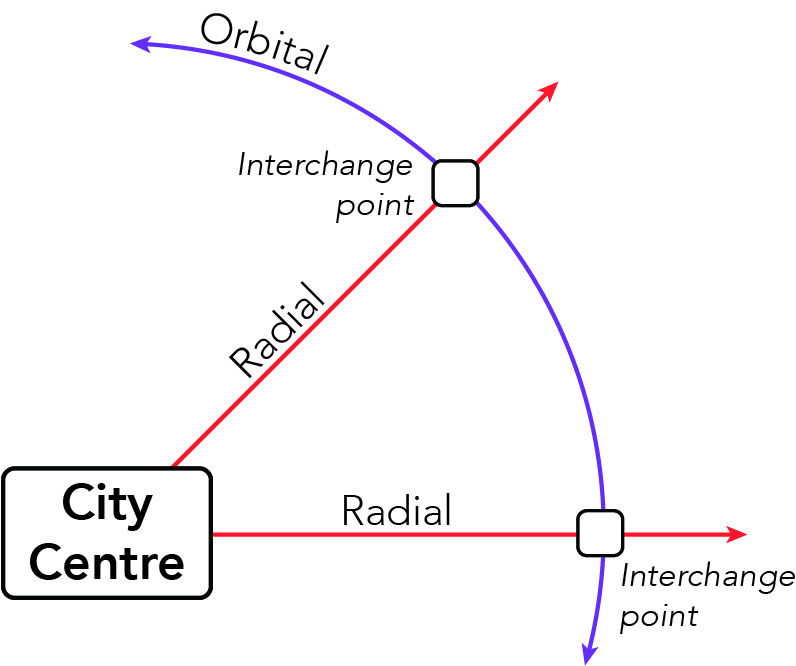
Even with upcoming advancements in technology taken into consideration, it takes several years to pay
off the upfront carbon emissions from the production of electric vehicles. This is because the
process of creating the battery for any electric car, which is the most carbon intensive part of
production, involves lithium mining. This process consumes millions of litres of water and the
release of a large number of greenhouse gases and the degradation of mountain ranges in South
America and elsewhere. The green credentials of an electric car also depend on where the electricity
used to power the car is coming from. If a property has solar panels for example, then driving an
electric car could potentially be free of emissions. However, if the electricity comes indirectly
from a local plant that’s powered by fossil fuels, then in essence the greenhouse gas emissions are
just shifting from the car's exhaust to the plant's chimneys. However, it is worth noting that even
in areas with the dirtiest coal-fired plants, electric cars still have lower co2 emissions overall.
Once on the public road, the harmful gas emissions from electric vehicles are virtually zero.
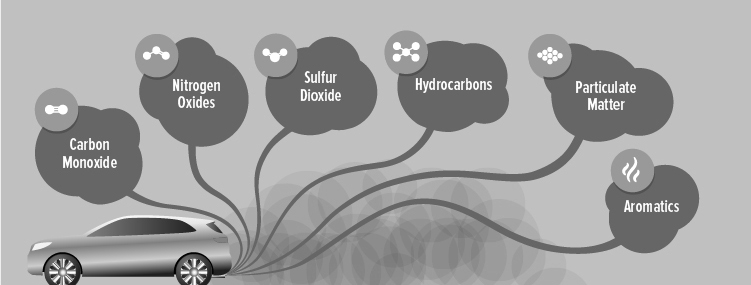
Thus it is correct to say that shifting private vehicles to hybrid or fully electric should be
part of the solution. But this alone is not nearly enough. We must also factor in for example the
overall energy spend and the space capacity of our roads for which private cars of any sort simply
cannot compete. Early indications would suggest that electric cars take up just as much room on our
urban streets as Petrol and Diesel cars and still carry a significant manufacturing overhead in
terms of carbon emissions. In summary, there's no such thing is a carbon free ride when it comes to
private vehicles and prioritizing higher numbers on rail, bus, and cycling/walking in combination
with a modal shift to electric from a reduced number of vehicles is the best way to reduce our
carbon footprint and improve mobility in the long-term.
As with many other batteries, the lithium-ion cells that power the majority of electric vehicles
rely on raw materials
such as cobalt, lithium and nickel. In a standard 60 kWh lithium-ion battery pack designed for
smaller EVs, there can be
as much as 170kg of minerals, including 39kg of nickel and 5kg of lithium. Batteries for electric
SUVs demand that up to
75% more raw materials are extracted from the environment than this.
However, research suggests that there could be shortages in the supply of battery materials in the
future. By 2030,
there could be a 55% less lithium and 8% less nickel and manganese than is needed to meet the demand
for EV batteries.
If the demand for electric SUVs continues to increase over the coming decade, this could severely
escalate the pressure
on the already tight supply of critical raw materials. The production of batteries is also a highly
carbon-intensive process, with emissions increasing as batteries grow in
size. For example, the carbon emissions resulting from materials processing and battery
manufacturing can soar to levels
70% higher for electric SUVs compared to smaller electric vehicles.
Mining activities have been linked with several negative environmental effects too. For instance,
one study found that
lithium mining activities in the Salar de Atacama – Chile's largest salt flat – have disturbed
flamingo breeding sites
and reduced the birds' access to food and water.
Expanding mining operations to support the growing SUV market could lead to further habitat
destruction, excessive water
consumption, increased mining waste and heightened risks to local biodiversity.
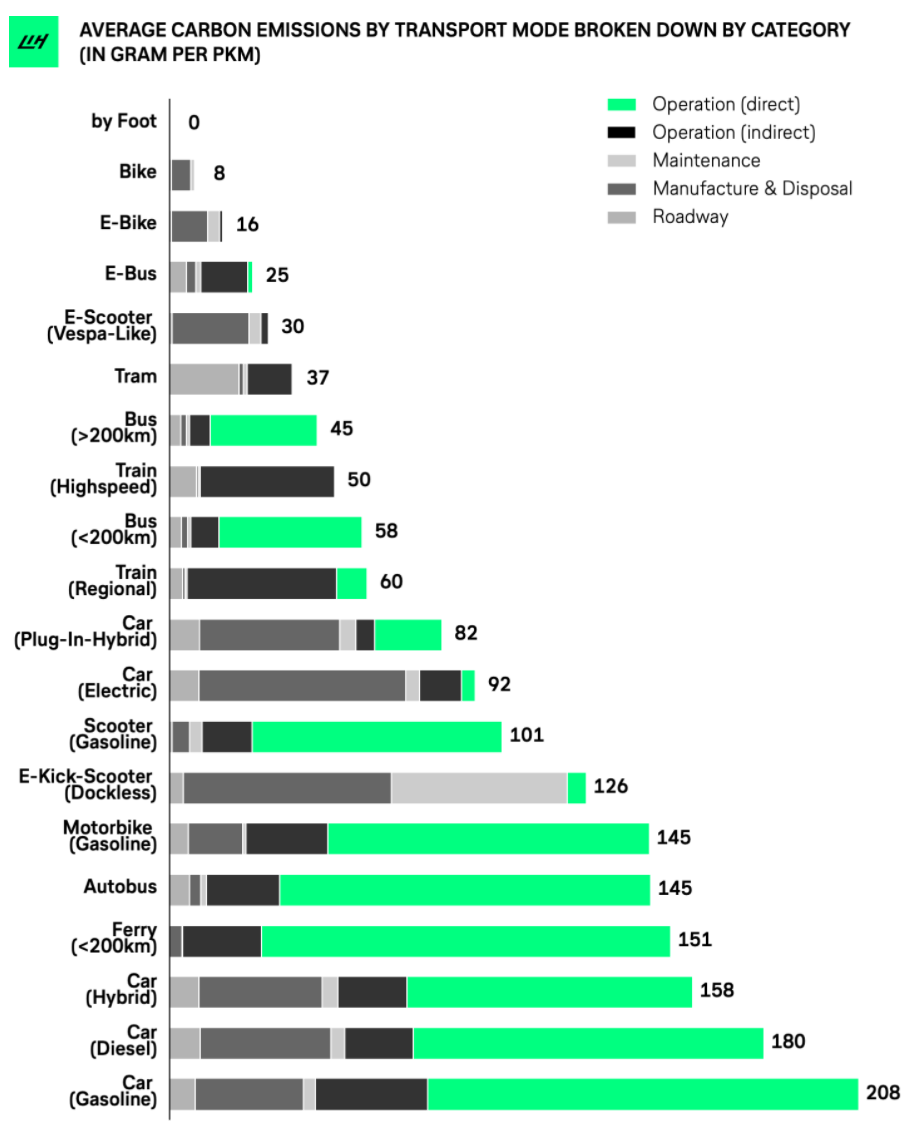
There is a legitimate concern that some of the proposed traffic flow changes and Bus Gates for
example, will divert existing traffic into surrounding roads and suburbs. While this is an
understandable concern, this has not proven to be the case in other cities which have implemented
similar measures. This is because the increase in bus frequency and connectedness of the network
results in a net overall reduction in cars on the road. Furthermore, the traffic reducing measures
in neighbouring areas such as Bus Gates and priority signalling, have a knock-on effect in reducing
the flow of cars in and out of connected suburbs also. In order to further mitigate traffic
overflow, we need to ensure that the new network and frequency is good enough to maximize uptake and
reduce overall car usage. This would not be achieved by criticizing the project at every turn and
calling for its abandonment without a viable alternative solution.
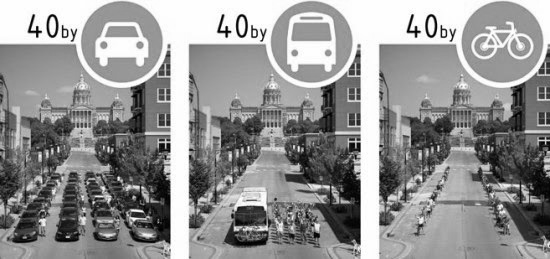
Dublin Bus has already started its transition towards a fully electric fleet with over 600 hybrid
buses already purchased, and a trialling of hydrogen buses beginning in 2021. Hydrogen buses are a
bridge technology which will allow drivers to turn off the diesel engine up to a maximum of 35% of
the time with today's technology. Unfortunately as things currently stand, the battery capacity for
fully electric buses is still evolving and the charging infrastructure is not yet in place. But
hydrogen and hybrid buses are a step in the right direction, and electric buses are due to be on our
roads within 2-4 years time in order to meet the commitments of the EU Clean Vehicles Directive
which will eventually oblige us to do so. It is worth noting that both hydrogen and electric buses
are significantly quieter than their internal combustion engine-having counterparts. The only noises
EVs usually generate is caused by wind resistance or tire noises, and that is only at moderate to
higher speeds. Naturally, these speed limits themselves are decreasing as part of the 30 km/h Zone
Expansion for Dublin City. It is worth mentioning that it is important not to obsess over a fixed
number of buses heading down a particular spine of BusConnects. Such numbers when spread out over a
full hour do not actually add up to a significant amount of traffic and will surely result in a net
reduction of vehicles than before the improvements were implemented. We must keep coming back to the
idea of numbers carried per vehicle here. Bus schedules naturally adapt over time to meet the demand
so you can be sure that if each of the scheduled buses are full of passengers that that will mean
significantly less cars on the road. Some may have to see it to believe it.

You will still be able to take your car but people with concerns for health or business reasons for
example should make their concerns known via the consultation process. For those simply concerned
with being inconvenienced for general driving, it is important to note that part of the overall aim
here is to make the bus a more attractive option for some of those casual journeys that were
previously made by car, and not just those in and out of the city. Even if somehow everyone were in
agreement on greatly reducing car numbers in Dublin, it would still take well over a decade before
such a just transition could be made, therefore the fear that driving in Dublin is somehow going to
disappear overnight is somewhat irrational.
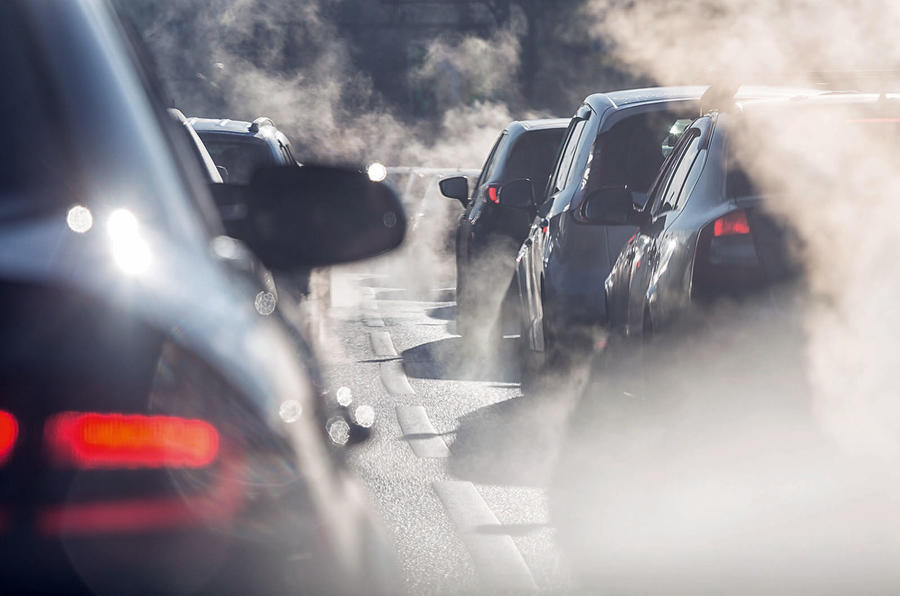
This plan is not about vilifying drivers but rather providing them with more attractive and
cheaper alternatives to get more people to more places on limited shared roadspace. Less driving
doesn't just mean less emissions, it means getting more people to more places and in less time.
Transport currently accounts for over 20% of Ireland's net carbon emissions annually, of which
private cars make up just over two thirds. Whilst we acknowledge that some people are having a hard
time imaginig a city that primarily moves by bus, continuity of our existing road habits and a
sweeping rejection of the entire plan on these grounds (not withstanding that there are still many
legitimate concerns such as road widening etc..) is not an option.
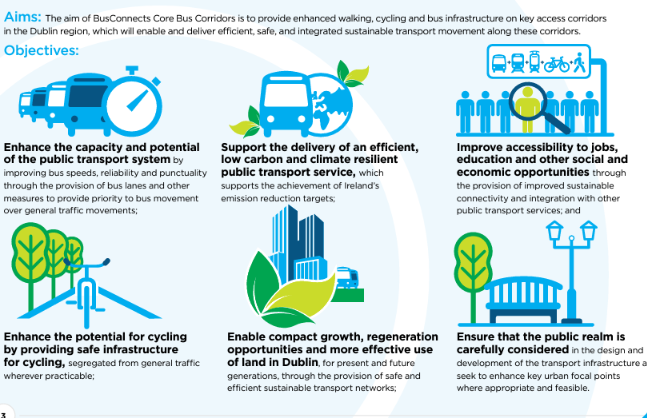
We are strongly in favour of the construction of a Metro as well as the RethinkMetroLink campaign. A Metro has its part to
play and can deliver a level of higher capacity and reliablility that a bus network alone can't.
However, while a Metro definitely has a key role to play in Dublins future transport strategy, it is
just one key piece of a multi-strand approach required to resolve Dublins transport problem. Why?
Even in cities with well functioning Metro systems, bus services and cycling still play a critical
role. Underground Metro lines whilst worth it in the long run are also significantly more expensive
and require significantly more time, money and property disruption to implement. It is important to
note that Metro's are generally the preferred public transport option for high density population
areas, something which many of Dublins developed suburbs are simply not. Accessibility issues mean
that a Metro line would not be suitable or serve the transport needs of everyone either and people
need to be provided with real choices in order to reduce overall car dependency. 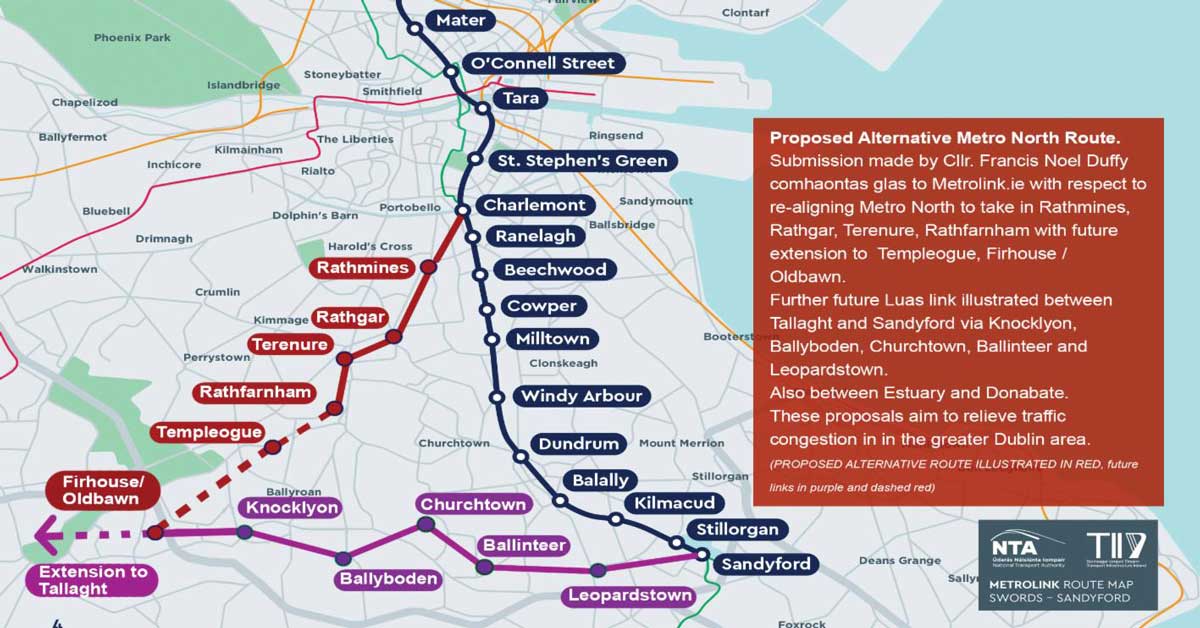
The initial plans for the Bus Corridor Project required the removal of hundreds of mature trees and this caused understandable public backlash. Thankfully, future iterations of the plans have seen the level of mature tree removal on some of the routes reduced significantly. In order to reduce this further, there will need to be further changes to the plan revolving around the re-prioritization of the roadspace rather than the expansion of it. There will be an opportunity to discuss such improvements in the upcoming consultations.
We would encourage you to engage with the upcoming Bus Connects
public consultation and message your local TD's to find out where they stand on the issue.
While our community does not have any political affiliations, we do acknowledge that one of the best
ways you can support this initiative is to look at the manifestos of the different political parties
and vote for those who have committed to and have a record of supporting more sustainable transport
policies. 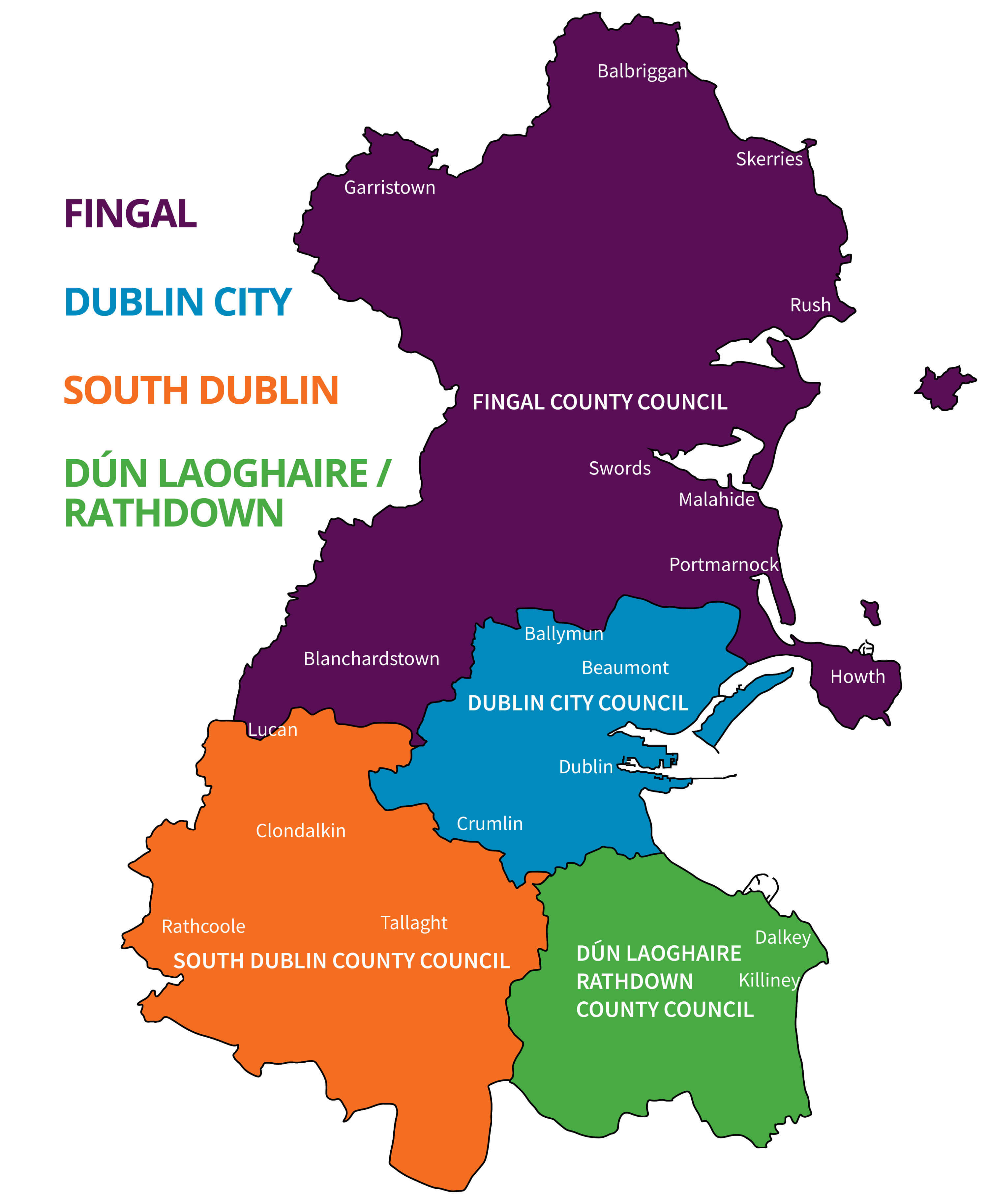 On a more
general note, you can also get involved with your local authority and their current projects to
improve your area. If you live in South Dublin County Council catchment area see SDCC consultations. If you
live in North Dublin County Council catchment area see Fingal consultations. If you live in the Dublin City Council catchment area
see DCC consultations. If you live
in the Dun Laoghaire County Council catchment area see Dun Laoghaire consultations.
On a more
general note, you can also get involved with your local authority and their current projects to
improve your area. If you live in South Dublin County Council catchment area see SDCC consultations. If you
live in North Dublin County Council catchment area see Fingal consultations. If you live in the Dublin City Council catchment area
see DCC consultations. If you live
in the Dun Laoghaire County Council catchment area see Dun Laoghaire consultations.
future of dublin 2024
Contact: info@futureofdublin.iePhotos by Dimitry Anikin & Nico Baum on Unsplash
Privacy Disclaimer